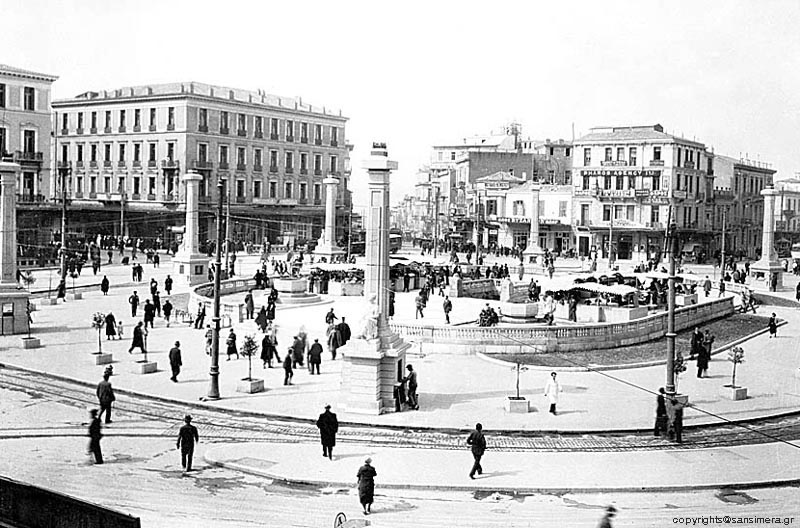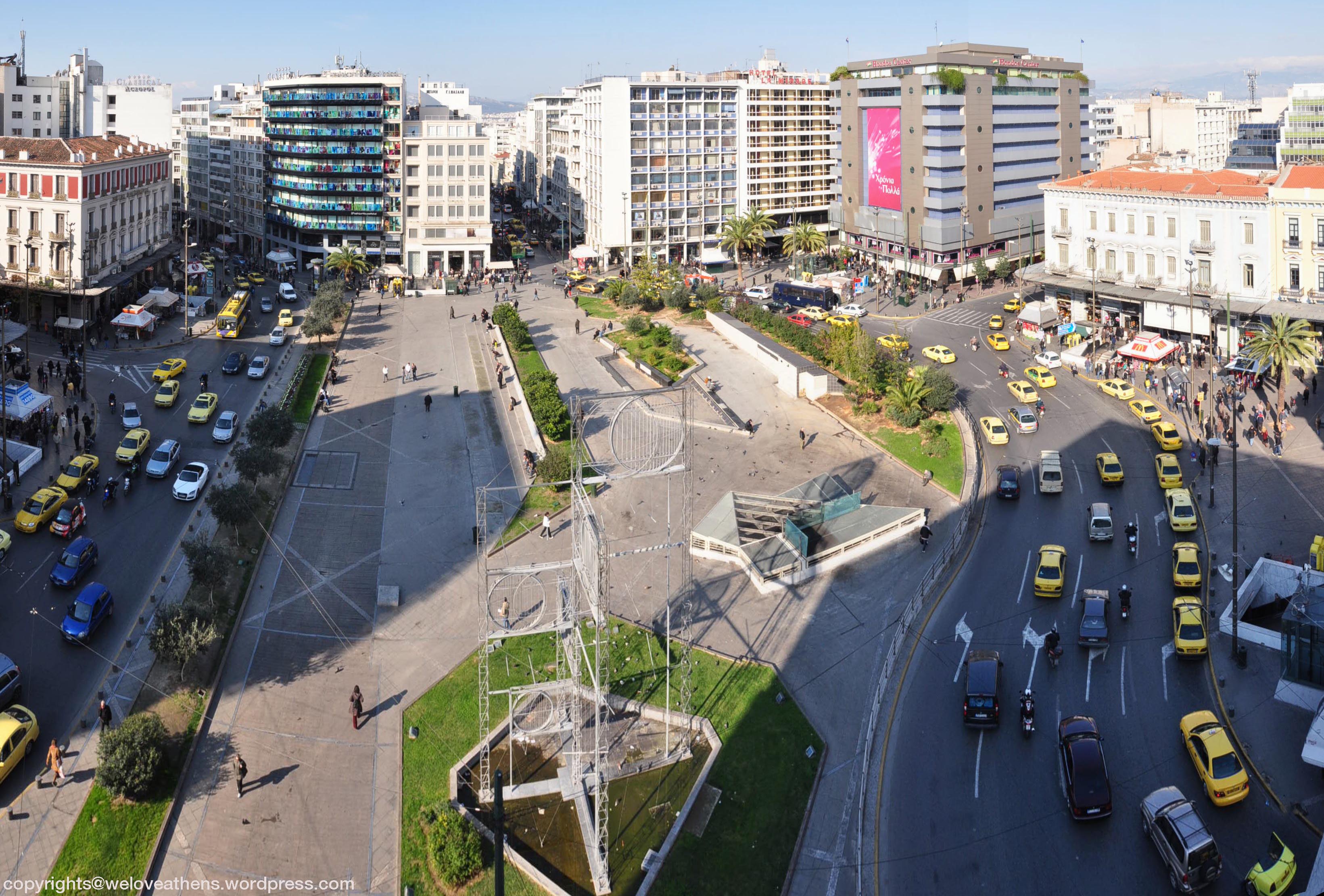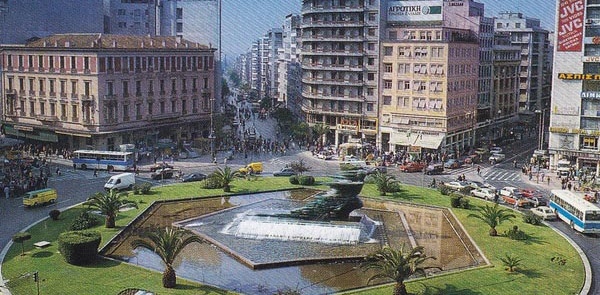The history of Omonoia square at the heart of Athens
The history of Omonoia Square begins around the year 1834 when Schaubert and Kleanthes, two pioneers of Hellenic urban development, design Platia Anaktoron (Palace Square) which was actually the first name selected for the square that was destined at that time to constitute the end point of a long Sunday walk for the Athenian citizens.
The square acquired its current name in 1862 with the reconciliation of the two political sides which took a peace oath, thus the word “omonoia” was used which stands for peace in Greek.
At the end of Athinas street, the hotel ''Great Alexander'' is built in 1889 based on a design by architect Ernst Ziller, which still comprises today an architectural achievement of great significance.
At the beginning of the 19th century, Omonoia Square undergoes a period of particular flourishing, during which major hotels are built around the square, trees are planted and the square becomes a central point of reference for the Athenians. Famous Greek painter Yiannis Tsarouchis depicted the historic café ''Neon'' located in Omonoia square in more than one of his paintings.

The underground station of the electric railway connecting the two sides of Athens (Kifissia and Piraeus port) managed to give a more commercial role to the square, as numerous shops opened around the square in the mid 1950s.
When the creation of a “Runner” made of sculpted glass by known sculptor Kostas Varotsos was placed in the middle of the square, a totally different feel was honored to Omonoia square, which nonetheless, was again transformed as part of the projects concerning the city of Athens reconstruction for the Olympic Games in 2004 when the sculpture is moved to a different location. Since 2004 the square has been maintaining the same structure.

Without the merest doubt, a significant portion of the square’s glamour has been completely lost, but, nevertheless, Omonoia square remains today one of the most historical and important squares of the city of Athens.



